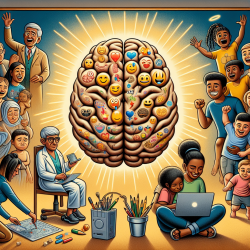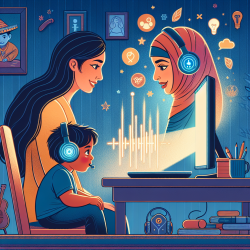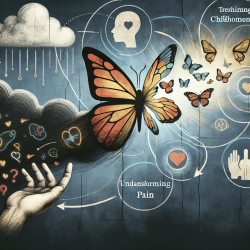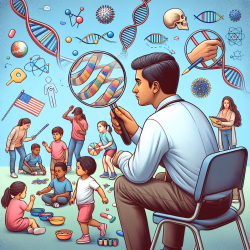Understanding social feelings is crucial for practitioners who work with children in educational settings. These feelings, which arise from interactions with others, play a vital role in attachment, affiliation, empathy, influence, and overall well-being. The research identifies key brain regions involved in these processes, such as the amygdala, prefrontal cortex, and anterior cingulate cortex, which are activated during social interactions and emotional communications.
Here are some practical steps for practitioners to implement the research outcomes:
- Incorporate Empathy Training: Develop programs that enhance empathy among students. Use role-playing activities and virtual simulations to help students understand and share the feelings of others. This can improve social bonding and reduce instances of bullying.
- Focus on Attachment and Affiliation: Create a supportive and nurturing environment that fosters secure attachments. Encourage positive teacher-student and peer relationships, which can enhance students' sense of belonging and emotional security.
- Utilize Social Media Wisely: Educate students on the positive and negative impacts of social media. Promote responsible usage and highlight the importance of face-to-face interactions to maintain healthy social connections.
- Implement Mindfulness Practices: Introduce mindfulness exercises that help students manage stress and enhance their emotional regulation. Techniques such as deep breathing, meditation, and guided imagery can be effective.
- Monitor Social Feelings in Real-Time: Use digital tools and apps to track students' emotional states. This data can provide insights into their social interactions and help tailor interventions to meet their specific needs.
Encouraging further research is equally important. Practitioners can collaborate with neuroscientists to explore new ways to support students' social and emotional development. Participating in studies and sharing real-world observations can contribute to a deeper understanding of social feelings and their implications for adaptive functioning.
To read the original research paper, please follow this link: The neuroscience of social feelings: mechanisms of adaptive social functioning.










